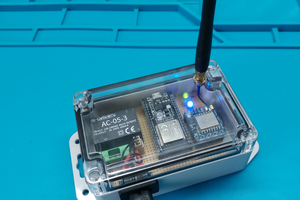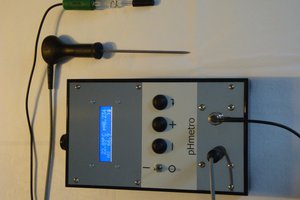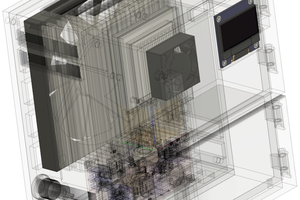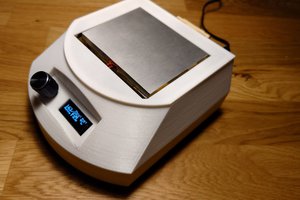Menopause, also known as the climacteric, is the time in most women's lives when menstrual periods stop permanently, and they are no longer able to bear children. Menopause typically occurs between 49 and 52 years of age. Medical professionals often define menopause as having occurred when a woman has not had any menstrual bleeding for a year. It may also be defined by a natural decline in reproductive hormone production by the ovaries when a woman reaches her 40s or 50s. The whole menopause stages can be divided into 4 as
1. Premenopause
2. Perimenopause
3. Menopause
4. Postmenopause
We are not very much interested in other phases of Menopause except perimenopause, as they are silent. Contrarily perimenopause is a noticeable phase with so many symptoms and physical changes. Recent studies show that many of the symptoms are undetected as menopausal symptoms and a majority of women are unwilling to disclose their symptoms even to personal physicians and this makes the situation worse.
As Menopause is a natural process the treatments are focussed on symptomatic relief. One of the most popular treatments available is 'Hormone Replacement Therapy (HRT)' which is not much appreciated due to a number of reasons. There comes the importance of technological solutions for symptomatic relief. Even if there are so many possibilities of technological solutions, it still seems to be an unexplored arena.
So we here present Menesto which is a smart vest for women undergoing menopause, capable of solving some of the predominant menopausal symptoms.
Features
1. Low cost
2. Adaptive
3. Intelligent cooling
4. Auto and Manual temperature settings
5. Instant temperature control
6. Hydration assistance
7. Panic assistance
8. Rechargeable
9. Companion app
10. Covers larger cooling area compared with wearable bands.
Symptoms And Solutions
1. Hot Flashes
Hot flashes are the most common symptom of the climacteric. The symptoms are characteristic of a heat-dissipation response and consist of sweating on the face, neck, and chest, as well as peripheral vasodilation. Researches indicate that the change in skin temperature during a hot flash can be as small as 0.5 ◦C or as much as 5.0 ◦C (Kronenberg F, 1987). Even if there is a noticeable change in skin temperature, temperature alone is not a sufficient parameter to detect hot flash. The temperature along with humidity forms a good parameter to detect hot flashes.
Solution :
Relative humidity and temperature (RH/T) sensors tailored on the vest continuously monitor the temperature and humidity variations on the skin. When the temperature and humidity values go above a predetermined threshold value it triggers the cooling unit via Microcontroller. Menesto comes with two temperature settings,
1. Auto Mode
In auto mode, using the data obtained from temperature and humidity sensors the micro-controller itself determines the vest temperature needed to nullify the effect of hot flashes. It uses intelligent decision making, developed from thermodynamic studies.
2. Manual Mode
If the user feels that the decision taken by the micro-controller is not good, then the user can turn off auto mode and manually set the vest temperature from the companion app.
2. Night Sweats
These nighttime hot flashes trigger a sudden feeling of heat, combined with sweating, increased heartbeat, and a spike in blood pressure. Roughly three-quarters of women in perimenopause and menopause experience night sweat.
Solution :
The same solution built for hot flashes.
3. Panic Disorders
In general panic attacks can be frightening. They typically persist for between 10 to 40 minutes, although some only last a matter of seconds. The symptoms of a panic attack include paralyzing terror, dry mouth, hyperventilation, trembling, and rapid heart rate.
The hormones estrogen and progesterone work together to regulate mood. The declining levels of these hormones during...
Read more » Coders' Cafe
Coders' Cafe

 Est
Est
 Jung Hoon Lee
Jung Hoon Lee
 Vedran
Vedran